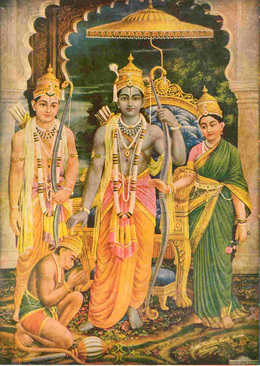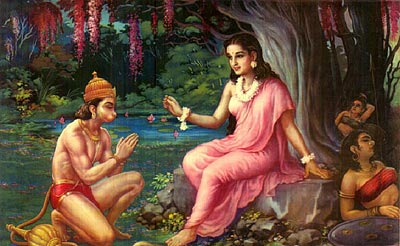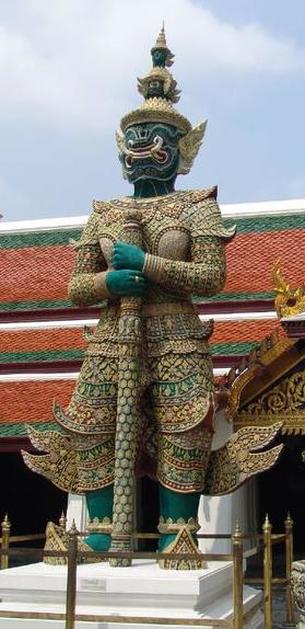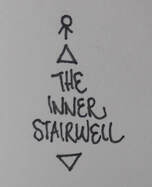As with many Indian mythologies, there is a an "ego" who does incredible spiritual penance, invokes a deity, and then is granted a boon. However, that boon then proceeds to elevate the "ego" to the point where the individual becomes demonic and causes chaos. These boons can be seen as some form of invincible weaponry that the ego/demon then uses to rule over and manipulate kingdoms. In the Ramayana, the ego Ravaana did penance to Shiva. From my own meditation practices including the use of mantras, when you verbiage certain terms associated with an entity, you send those vibrations throughout your being. That would typically entail a purification process as well as conscious elevation, I would deem. Ravaana's own penance to Shiva was so strong that Ravaana is often considered to be Shiva's highest devotee. Well, if Ravaana is Shiva's highest devotee, then would not his penance make himself more "realized", and, well, not a demon? Provided that Shiva is associated with the Goddess of Ego Transition (Kali), what would make Ravaana act mainly through ego to give him the definition of demon? Although falling under the banner of Hinduism, there are philosophical competitions between the Saivite and Vaisnava sects on who is "higher", Shiva or Vishnu. More so, there is an aspect of the story that I've always remembered that packs a punch in the whole "good vs. evil" scenario. Upon Ravaana's death bed on the battlefield, Rama had his brother go learn from Ravaana all he could since Ravaana was still an elevated being. Although that sentiment expresses that we have much to learn from those we consider opposite from us, no matter how evil we make them out to be, I still would like to know what Ravaana actually taught Rama's brother. More so, was Ravaana really evil and was there an ulterior motive for the battle? In Indian lore, including the Tamil and Jain traditions/legends, Ravaana is an enlightened being and there are even temples built in his honor.
As she was kidnapped, she was forced to go through trials of purification and through constant tests to prove her purity. Finally fed up with the tests, she states that if she is finally proven pure, she's leaving the surface world and returning back inside the Earth. That would conclude her aspect of the epic, where the hero's journey is focused on Rama's journey. However, given that Sita is the embodiment of Lakshmi, and Lakshmi is symbolic of the Venus energy of love, abundance, prosperity, one has to ask himself what happened to Rama's kingdom when Sita (Lakshmi) left. So, to stay in love with the story and the characters, I had to adopt a new interpretation of Rama's journey. This interpretation would be along the lines of learning from Rama's mistake in his assessment of Sita. The consistent testing of Sita led her back into the Earth, taking with her the energies of Venus. A punishment for Rama as one may perceive. However, it's still difficult to see our deities as fallible, including the honorable Rama who holds highly benevolent characteristics. Even going into greek mythology, the same types of characters make up the pantheon with deities having good or harsh characteristics. That seems to be the case with all of our ancient deities. But what triggered Rama to not believe Sita, for would not being kidnapped be frightening enough? The incessant tests show that Rama may have had an inclination that Sita would hide something.
0 Comments
Your comment will be posted after it is approved.
Leave a Reply. |
AuthorOverly educated and continuously exploring and revealing more behind the veil. "It cannot be too highly emphasized that the mystic swims in the same waters in which the psychotic drowns."
-James Wasserman, The Mystery Traditions Archives
August 2019
Categories
All
|




 RSS Feed
RSS Feed